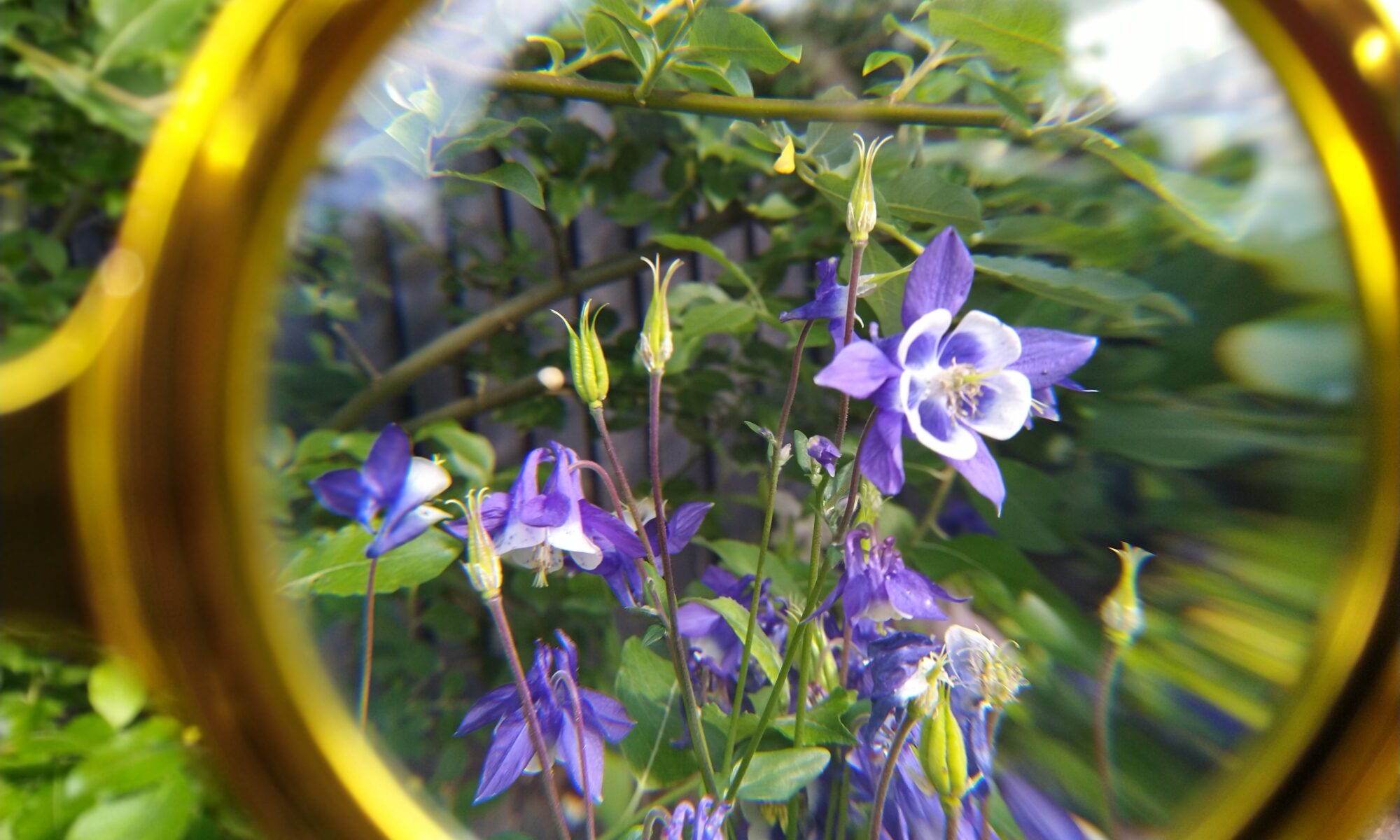In December 2020 I started on this MOOC:
https://www.coursera.org/learn/philosophy-of-science/home/welcome
My reason for doing this course?
I’m thinking about how we need to understand more about the natural world and how to live in better harmony with it. It seems relevant to learn from indigenous communities and their ways of being, how treat the natural world as an equal, not a resource to be plundered. This puts a foot in the camp of being more spiritual and feelings-based, and embracing ideas different to our Western thinking. Our science takes away the question of how you feel about the world.
Our scientific approaches, whilst making great strides in all corners of human existence, are also destructive and problematic. Do we need to change our approach to science, and start bringing different forms of knowledge together?
This has led me to the following questions:
What do I think science is?
Is it different to what I was taught 30 years ago, and how I have been practicing my science? What is science and how does it work – Covid-19 suggests much can be achieved through rapid discovery, but more often results emerge through multiple lines of enquiry, often across different collaborating groups, so community is very important.
Is there any UK indigenous knowledge of plants and nature?
We talk about indigenous knowledge – what is our own indigenous knowledge – from the UK – where did it go? Understanding our own history might give us a better appreciation of others.
What might a blue print for the future be?
What do we need to change about science in order for it to be more effective? What big breakthroughs do we need as steps on this journey for future generations? What new approaches do we have that are maybe untapped by some areas? We might not have many generations left to be able to make significant change to our health or environment.
What are the principles and values by which we need to do this work?
We know that the structures of science are broken. How do we embrace diversit,y and overcome privilege and inequality in having these discussions?
I hope over the next few weeks to gather more ideas on this blog.






